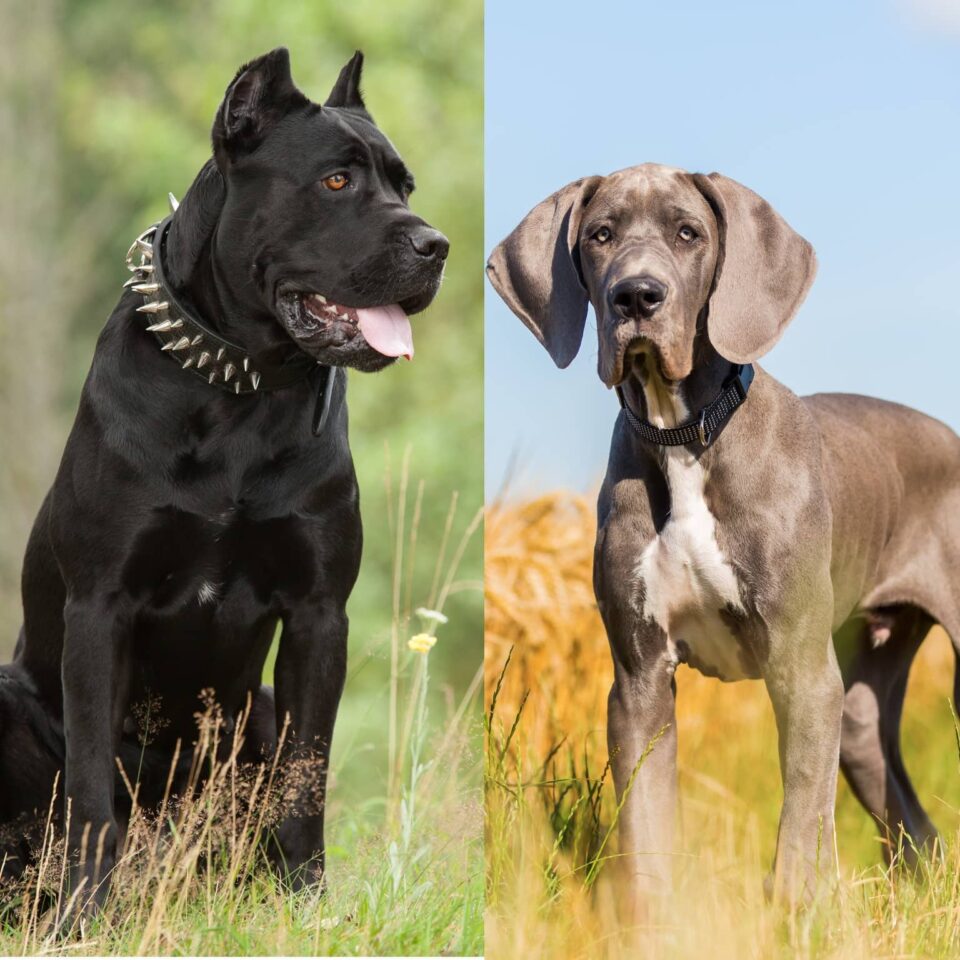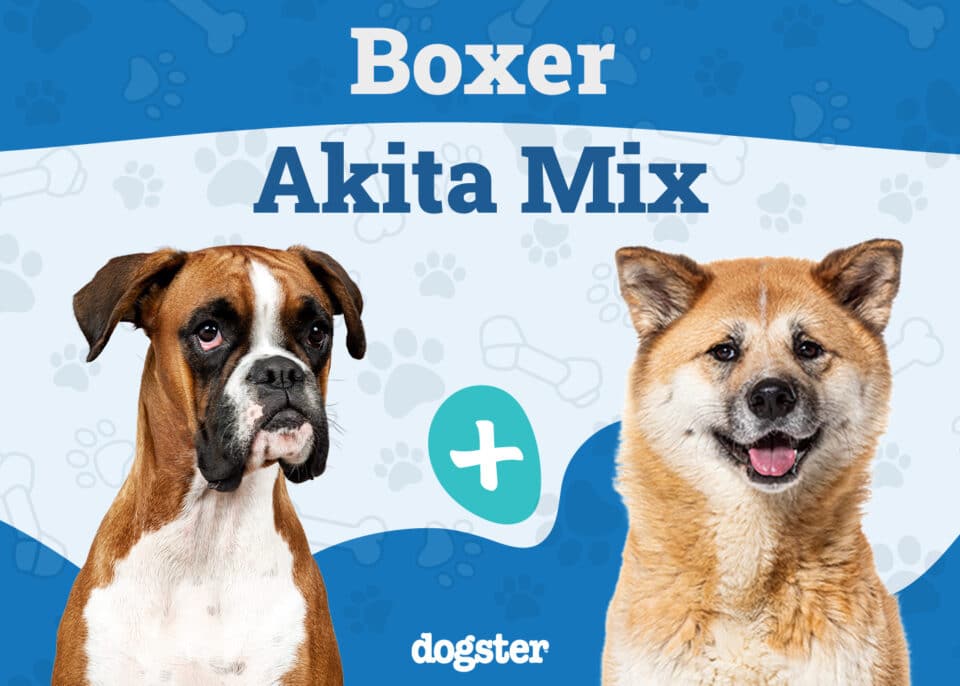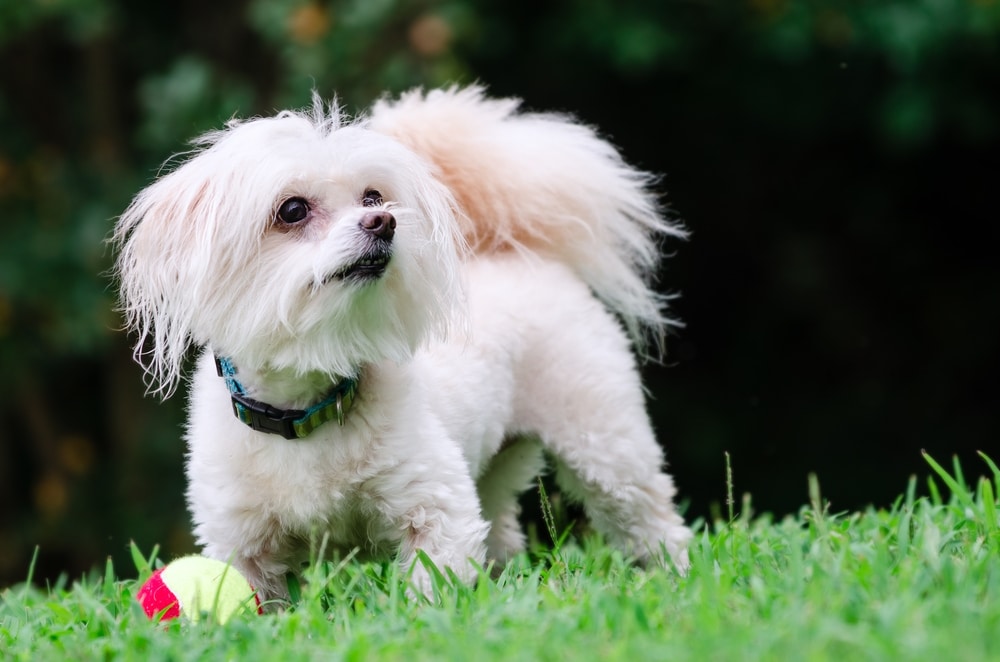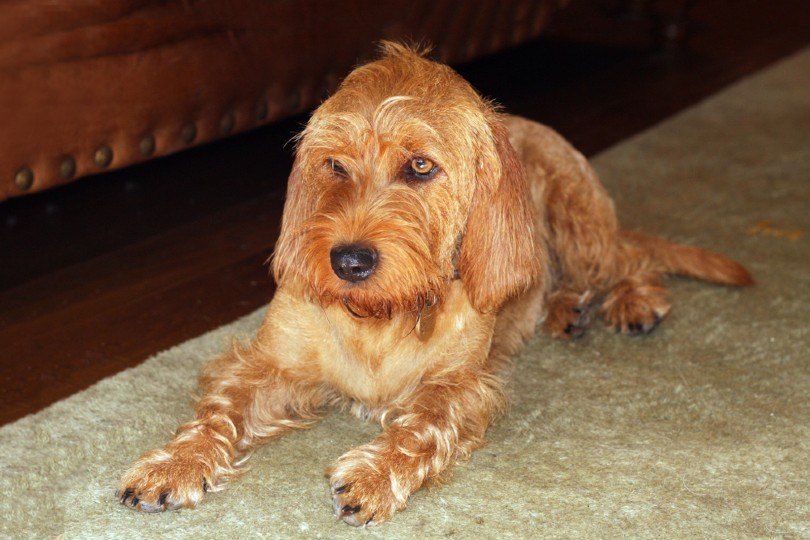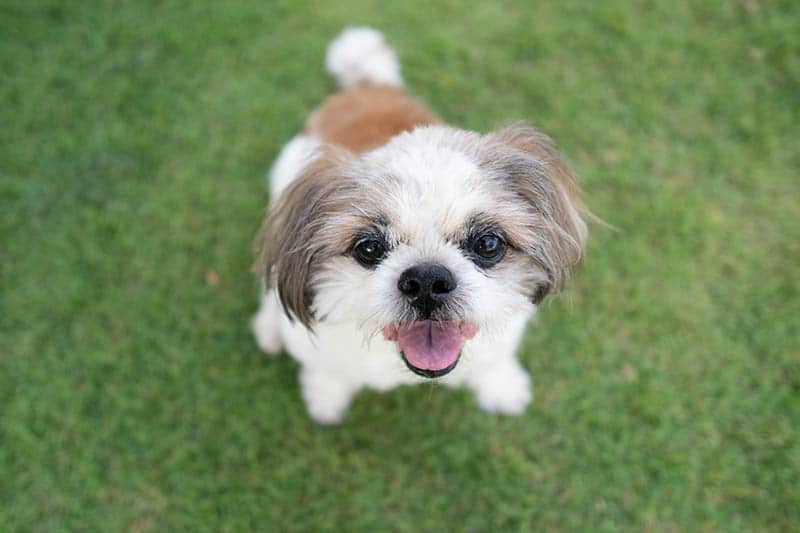The Italian Daniff is a magnificent mix that brings together the best features of the Great Dane and the Cane Corso. With their towering presence and heartwarming loyalty, these dogs make for an impressive companion. Whether in a bustling family home or a serene countryside abode, the Daniff adapts easily. They exude a gentle nature paired with an alert protective instinct, a combination that’s hard to resist.
For those considering adding an Italian Daniff to their lives, understanding their unique needs and characteristics is crucial. They come in a patchwork of colors and boast a charmingly stubborn personality. Known for their intelligence, training an Italian Daniff requires patience but also promises rewarding results. Let’s dive into what makes this breed a delightful consideration for dog lovers.
Italian Daniff Characteristics
The Italian Daniff stands tall, drawing curious eyes wherever they go. Balancing between 23.5 to 32 inches in height and weighing in at 100 to 175 pounds, these dogs are stunningly statuesque. Their lifespan averages 8 to 12 years, depending on their health and care. You’ll find these canines in various hues, from black to brindle to fawn and more colorful coats.
Both Great Danes and Cane Corsos contribute to this hybrid’s temperament, creating a canine that’s not only graceful in stature but also loyal, dignified, and protective. This breed might sometimes show a hint of stubbornness, but that’s part of their charm! The Italian Daniff requires early socialization and positive reinforcement to balance their protective nature with gentleness.
Temperament and Intelligence
Understanding your Italian Daniff’s temperament can inspire closer bonds. These dogs derive from highly intelligent lineages, showing both alertness and confidence. As with most dogs, their true personality blossoms when you spend time with them. Remember, behind that dignified exterior lies a curious and watchful companion eager to learn.
On the intelligence front, these Daniffs inherit the mental acuity of their parent breeds. When training, using consistent methods and enticing treats can bring out the best in them. You might find them occasionally headstrong, but with patience, they quickly adapt. Their intelligence aids in prompt learning of essential commands, making them excellent family pets.
Suitability for Families
With proper socialization, the Italian Daniff fits seamlessly into family life. They can be gentle giants, delightful around respectful children. “Gentle” is key here—interactions with young ones should be supervised. Teach kids how to gently approach and interact, ensuring a peaceful coexistence.
If adopting a Daniff, understanding their past interactions with kids is crucial, especially if considering an adult dog. Those from rescue situations might need extra time to adjust. Still, when introduced at a young age or given time to acclimate, these dogs often blossom into beloved family members.
Compatibility with Other Pets
Having other pets at home? The Italian Daniff can adjust, provided introductions are gradual and monitored. Their social nature allows for potential friendships with other dogs or even cats. Start slow, ensuring each pet feels secure and unthreatened.
If you’re considering an adult Daniff, it’s wise to gather information on their history with other pets. Avoid surprises by knowing whether they’ve been exposed to other animals. History of positive interactions? You’re in luck for a harmonious household!
Dietary Needs
Italian Daniffs, being large breeds, thrive on a specialized diet. Feeding them high-quality food formulated for large dogs ensures they get what they need. Since quick eating can lead to bloat, serving smaller, frequent meals is a wiser choice. A slow feeder might even help.
For puppies, their dietary needs differ from adults, so choose recipes suited to their age. Vigilance in their nutrition from an early age aids in their overall health, reducing risks of many common large-breed concerns. Regular vet visits will also help fine-tune their dietary regimen.
The Italian Daniff craves regular activity to maintain happiness. A couple of walks a day, coupled with playful moments, usually suffices. However, always adjust based on individual energy levels and health conditions.
Puppies need special attention to avoid overexertion, as their rapid growth can lead to joint issues. Engage a vet in creating a tailored exercise plan, ensuring your Daniff gets just the right amount of activity. Once matured, they can join in on family hikes and more challenging adventures.
Training Techniques
Training is crucial for the Italian Daniff due to their size. Though naturally sweet, without guidance, their sheer power can be overwhelming. Early training avoids issues, teaching them basic commands like ‘sit,’ ‘stay,’ and ‘come’ effectively if you utilize positive reinforcement.
Patience is essential, particularly with those inheriting a Cane Corso’s stubbornness. A consistent approach, perhaps supplemented by professional obedience classes, yields the best results. Training isn’t just about commands—it’s about forming a lifelong bond.
Grooming the Italian Daniff is manageable, thanks to their coat’s low-moderate shedding levels. Brush weekly to keep their coat healthy, though seasonal changes might require more frequent grooming. Pay special attention to their nails, trimming regularly to avoid discomfort.
Beyond the coat, check their ears and clean as needed to prevent infections. Proper grooming ensures they not only look their best but feel great too. Making grooming a routine helps identify potential health issues early on.
Health Concerns
Like many large breeds, the Italian Daniff comes with specific health considerations. Bloat, a prevalent issue in Great Danes, requires vigilance. Watching their eating habits and timing exercise appropriately can mitigate this risk.
Additionally, be aware of hip and elbow dysplasia, conditions that need early intervention to manage effectively. Regular check-ups are vital for catching issues early. A healthy diet and exercise routine also contribute significantly to their overall well-being.
When choosing between a male or female Italian Daniff, expect size differences, with males generally larger. Behaviorally, both sexes are comparable, but intact females might experience heat cycles causing temporary mood changes.
It’s essential to prioritize the individual dog’s disposition and health rather than focusing solely on gender. Overall, their care remains quite similar, whether male or female, and both make equally loving companions.
Fascinating Facts About Italian Daniffs
Imagine this: an ancient Roman war dog, charging into battle with the army. That’s the Cane Corso, lending its formidable history to the Daniff mix. Now imagine the world’s tallest dog, standing proud as a Great Dane—an Italian Daniff’s legacy.
The term ‘Cane Corso’ translates to ‘bodyguard dog’ in Latin, encapsulating their loyal nature. These details add a rich backdrop to their character, making them more than just a pet. Owning an Italian Daniff is like having a little piece of history at home.
The Italian Daniff is not just a pet but a family member waiting to happen. With proper care, training, and love, they thrive in diverse environments. Their loyalty and tenderness make any effort worthwhile, bringing joy to those lucky enough to have them.
Approaching ownership with the right mindset ensures a harmonious relationship with these gentle giants. They deserve a home where they are valued and understood, flourishing in spaces filled with love and compassion.
